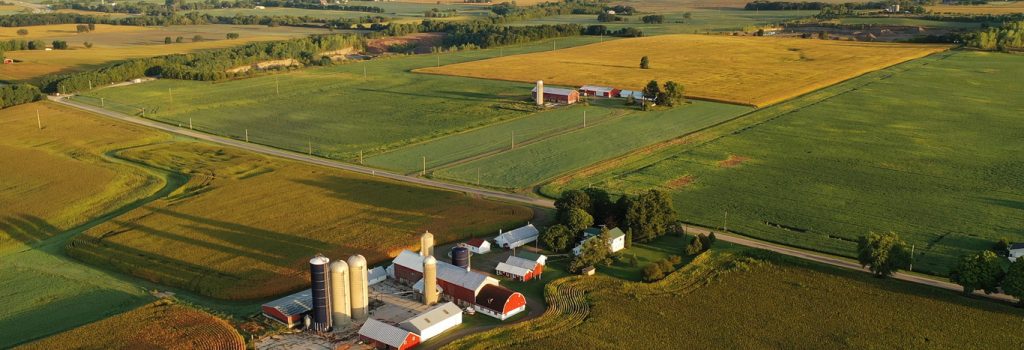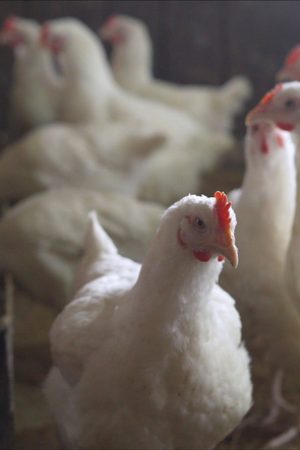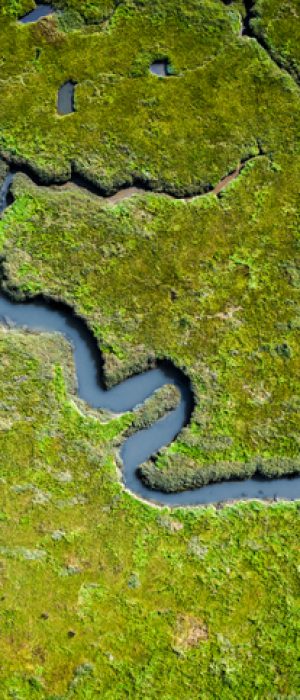
LIKE-KIND EXCHANGES CREATE EFFICIENCIES FOR AGRICULTURE AND SUPPORT LAND CONSERVATION EFFORTS
Section 1031 like-kind exchanges are used heavily in real estate transactions for agricultural and conservation lands. Section 1031 is particularly well suited for many situations, including:
- Section 1031 is overwhelmingly utilized by landowners and operators to combine acreage, acquire higher grade land or exchange into land that is closer to business operations.
- Many older landowners look to §1031 as a retirement tool allowing them to sell their largest asset, their farm or ranch, and reinvest elsewhere without diminishing the value of their life savings.
- Section 1031 serves as a conduit for new and existing farmers and ranchers to acquire land from those who no longer want to farm or ranch.
Given the significant increases to capital gains taxes under the “American Taxpayer Relief Act,” elimination of §1031 would cause a large number of land owners to hold and refrain from selling properties as a result of being “tax locked,” not wanting to erode the value of their investment through immediate and higher taxes.
Transfers of environmentally sensitive lands are exchanged, allowing governments and environmental organizations to acquire properties to achieve important conservation and preservation goals, benefitting all Americans.
SECTION 1031 HELPS FARMERS, RANCHERS, AND CONSERVATIONISTS
Given the extraordinary connection between the value of farmland and farmers’ economic well-being, and the connected role of conservation, Section 1031 like-kind exchanges are a critical tool to successful farms, ranches, nature preserves, and clean watersheds.
The tax deferral benefits of §1031 stimulate the agricultural economy, encouraging farmers and ranchers to exchange into more appropriate investments. Active farmers and ranchers use Section 1031 to relocate, consolidate or improve their operations without diminishing their cash flow. Retiring farmers are able to exchange their most valuable asset, their farm or ranch, for other real estate without diminishing the value of their life savings.
Agricultural land planning and conservation efforts work together with the Section 1031 like-kind exchange provision by allowing agricultural land owners and governments to exchange environmentally-sensitive sections of farmland to create new conservation preserves. Conversely, farmers and ranchers can relinquish that same environmentally sensitive land for productive crop and ranch land.
The tax deferral mechanism of Section 1031 encourages these swaps and can be a motivator to transfer land, preserving needed capital and driving reinvestment, while reducing the cost of capital for the land acquisition. The non-recognition exchange policy is premised on the understanding that the taxpayer continues with the same qualifying investment with no intervening constructive or actual receipt of cash. This permits efficient use of capital while allowing taxpayers to shift to more productive like-kind property, change geographic locations, diversify or consolidate holdings, or otherwise transition to meet changes in business needs.

KEEPING THE FARM/RANCH IN THE FAMILY – THE BEGINNING FARMER
Facts: A 65-year-old farmer owned an 80-acre farm that had been in the family for decades. When farmer acquired the farm, land prices were much lower. Farmer’s son was a beginning farmer, starting his operation, and he desired to acquire the ancestral farm. Farmer sold the family farm to his son and was able to exchange into a larger, higher quality parcel located near another separate tract of farmland.
Impact: The like-kind exchange allowed farmer to help his son start his farming operation while passing the family farm on to the next generation. Farmer was able to sell the property to his son without being “tax locked” due to the fear of severe tax ramifications if gain had not been deferred under Section 1031.
Conclusion: Section 1031 promotes and incentivizes transitions of farmland assets to new and beginning farmers.
CONSERVATION BENEFITS FROM IRC §1031 LIKE-KIND EXCHANGES
Conservation easements are used for a number of reasons, including wildlife and riparian habitat preservation, prairie restoration, mitigation of water quality issues, erosion prevention, creation of green belts and public recreation opportunities. Section 1031 encourages landowners to convey title or permanent easements on sensitive acreage to achieve these important conservation goals.
Examples of such easements are the wetland reserve and grassland reserve programs administered under the Natural Resources Conservation Service’s (NRCS) umbrella which help America’s farmers, ranchers, and forest landowners conserve the nation’s soil, water, air and other natural resources, including wetlands and native grasslands. In addition, various state land trusts and other environmental organizations, such as the Nature Conservancy and Rocky Mountain Elk Foundation, have developed funding to acquire conservation easements throughout the U.S.

MISSISSIPPI RIVER WATERSHED EXAMPLE
Water quality issues have been going on for some time along the Mississippi River. Nutrient discharge from agricultural watersheds in Iowa and other states along the Mississippi watershed has resulted in a large dead zone in the Gulf of Mexico. This is a major concern for the EPA, USDA, state agencies and farm groups. The State of Iowa is implementing a Nutrient Reduction Strategy to make improvements. Locally, concerns for drinking water, flooding impacts, and loss of recreational value are all downstream challenges that benefit from upstream solutions within watersheds.
In response to issues like this, the Iowa Department of Natural Resources (IDNR), the NRCS and other private and public organizations have implemented programs to acquire permanent conservation easements to take environmentally sensitive farm fields out of production, restore wetlands, install buffer strips, stabilize highly erodible acres and otherwise restore water quality to waterways in Iowa and other states that feed the Mississippi River.
Farmers are using §1031 to exchange permanent conservation easements for other productive farmland outside of environmentally sensitive areas without any loss of investment occasioned by immediate tax liability on the gain. Given the need to maintain the value of their investments and to derive comparable income from replacement farmland, farmers would be far less likely to sell environmentally sensitive lands or conservation easements restricting productive use if they were required to use after-tax dollars, essentially being forced to downsize.
